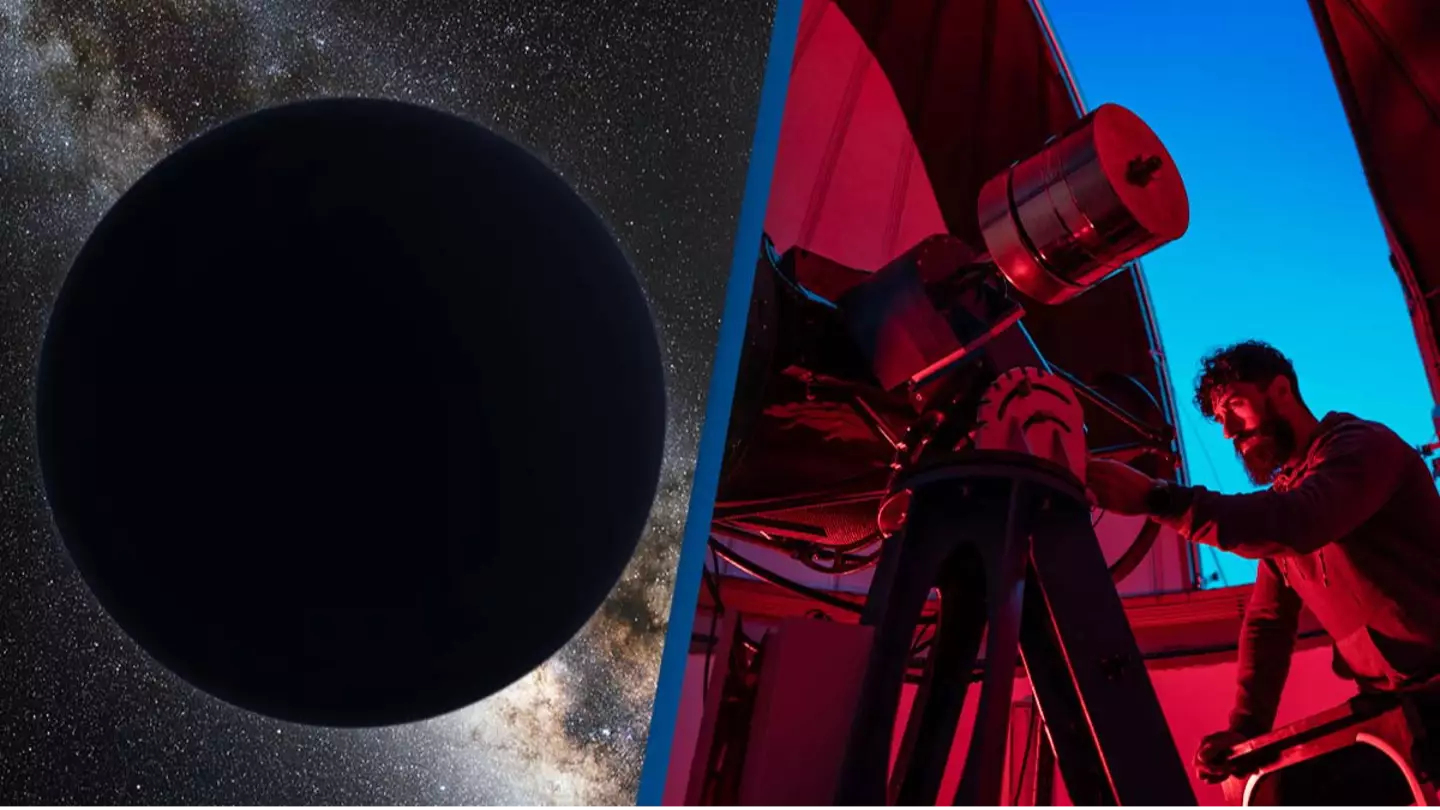
Astronomers getting closer to working out where mysterious Planet Nine could be hiding
Astronomers have been looking for the planet since its existence was first suggested in 2015
Featured Image Credit: Tomruen/Nagualdesign/Wikimedia Commons / Getty Stock Images
 Emily Brown
Emily Brown
Emily Brown is UNILAD Editorial Lead at LADbible Group. She first began delivering news when she was just 11 years old - with a paper route - before graduating with a BA Hons in English Language in the Media from Lancaster University. Emily joined UNILAD in 2018 to cover breaking news, trending stories and longer form features. She went on to become Community Desk Lead, commissioning and writing human interest stories from across the globe, before moving to the role of Editorial Lead. Emily now works alongside the UNILAD Editor to ensure the page delivers accurate, interesting and high quality content.